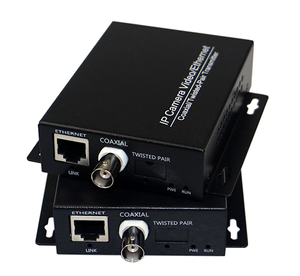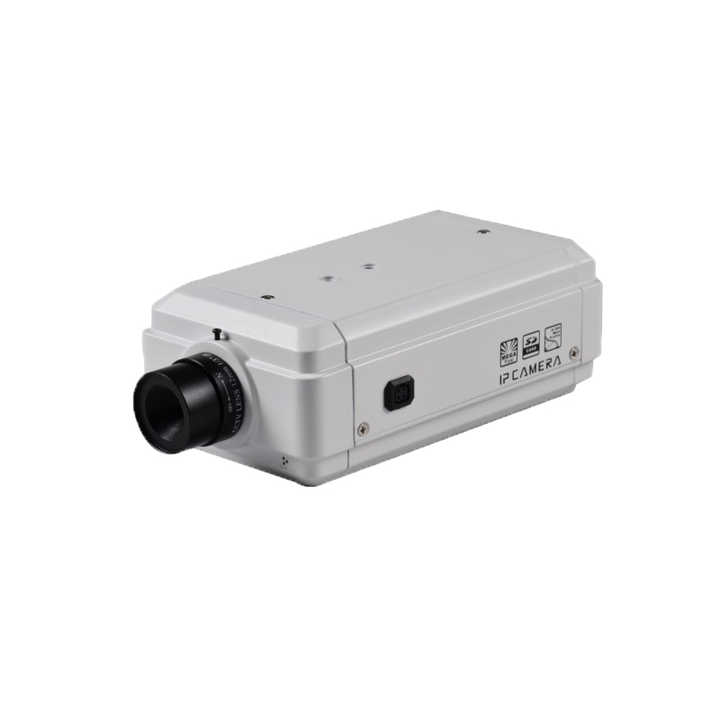Why a CCTV Camera with Fiber Optic Output Can Enhance Surveillance Efficiency
How CCTV Cameras With Fiber Optic Output Improve Long-Distance Surveillance
CCTV video cameras outfitted with fiber optic outcome stand for a considerable innovation in long-distance security modern technology, providing exceptional benefits over typical systems. By leveraging the homes of light transmission via fiber optics, these electronic cameras ensure high-definition video high quality continues to be intact across substantial distances while properly alleviating electromagnetic disturbance - cctv fibre optic cable.

Recognizing Fiber Optic Technology
Fiber optic innovation is increasingly made use of in long-distance tracking applications due to its extraordinary ability for data transmission. This modern technology utilizes thin strands of glass or plastic fibers to transmit data as light signals, dramatically lowering the attenuation frequently related to standard copper cables. The inherent homes of fiber optics enable the transmission of big quantities of information over significant distances without loss of high quality, making it an ideal choice for applications needing trustworthy communication.
The concept of complete internal representation promotes the efficient transmission of light within the fiber, guaranteeing high bandwidth and rate. Unlike electric signals in steel cables, fiber optics are unsusceptible to electro-magnetic interference, improving the integrity of information transmission. This particular is particularly valuable in atmospheres with high degrees of electrical sound, such as commercial settings or urban locations.
Furthermore, fiber optic cable televisions are lighter and more versatile than their copper equivalents, which simplifies installation and lowers architectural lots. With their longevity and resistance to ecological aspects, optical fiber are well-suited for outdoor applications, thereby extending the reach of keeping track of systems. Consequently, fiber optic technology is ending up being a foundation in modern-day surveillance solutions, properly addressing the difficulties of long-distance surveillance.
Benefits of Fiber Optic CCTV
Using fiber optic technology in CCTV systems uses various benefits that enhance monitoring abilities. One of the primary advantages is the capacity to send high-def video clip over cross countries without significant signal destruction. Unlike standard copper wires, optical fiber can maintain video clip quality over considerable runs, making them optimal for huge residential or commercial properties or remote surveillance locations.
Furthermore, fiber optic cable televisions are much less susceptible to electromagnetic disturbance, which can distort signals in conventional systems. This ensures more clear images and uninterrupted service, important for safety monitoring. Fiber optics are naturally more safe and secure, as intercepting signals calls for specialized devices, therefore supplying an added layer of defense versus unauthorized accessibility.
The lightweight and small nature of fiber optic cable televisions likewise streamlines installation, enabling simpler directing via tight spaces and minimizing overall labor expenses. Their longevity makes them immune to environmental elements such as dampness and temperature fluctuations, expanding the life expectancy of the monitoring system.
Lastly, fiber optic systems can sustain a greater number of electronic cameras on a solitary network, enhancing resources and supplying scalability for future growth. These benefits make fiber optic CCTV systems a remarkable choice for contemporary security demands.
Comparison With Standard Equipments
When comparing CCTV systems, conventional configurations often fall short in several essential areas, particularly in regards to distance and signal integrity. Standard coax cable systems generally deal with considerable signal destruction over lengthy distances, limiting reliable tracking varies to about 300 feet (cctv fibre optic cable). Yet limit, picture quality lessens, leading to possible blind areas and minimized visit this website surveillance effectiveness
On the other hand, fiber optic systems keep signal honesty over a lot better distances, frequently surpassing numerous miles without loss of quality. This is largely as a result of their capacity to send information as light signals, which are much less at risk to electromagnetic disturbance than electrical signals used in standard systems.
Additionally, traditional systems require more comprehensive upkeep and troubleshooting because of their susceptability to environmental aspects such as wetness and electro-magnetic noise. Fiber optic systems, conversely, offer boosted durability and reduced maintenance costs, as they are much less susceptible to damage.
Applications in Long-Distance Surveillance
The advantages of contemporary CCTV systems in keeping signal honesty over cross countries open up a vast array of applications for long-distance tracking. One considerable application remains in metropolitan surveillance, where communities release fiber optic CCTV systems to monitor public rooms, enhancing safety and security and hindering criminal task. These systems give constant, top notch video feeds that are essential for efficient police and emergency situation reaction.
An additional essential application is in industrial settings, where remote monitoring of manufacturing processes and unsafe areas is essential. Fiber optic CCTV can hold up against rough settings and transfer information over fars away without loss of high quality, enabling real-time oversight and lessening threats to personnel.
Furthermore, crucial infrastructure such as flight terminals, railways, and pipelines benefit from long-distance CCTV tracking. Safety teams can manage big locations from streamlined control spaces, making sure quick reaction to any events.
Furthermore, in farming settings, farmers use long-distance CCTV to monitor plants and animals, aiding to enhance productivity and safety. On the whole, the convenience and reliability of fiber optic CCTV systems make them essential across different markets, allowing thorough security remedies tailored to certain demands.
Future Trends in Security Modern Technology
How will developments in technology reshape the landscape of surveillance? The future of monitoring modern technology is positioned for considerable makeover, driven by technologies such as expert system (AI), artificial intelligence, and side computing. These modern technologies make it possible for real-time data analysis, enabling quick recognition of prospective hazards and boosted situational awareness.
AI-powered analytics will certainly enhance the accuracy of facial recognition systems, decreasing false positives and enabling much more efficient tracking of people. Moreover, the combination of Net of Things (IoT) official website devices will certainly help with a seamless network of interconnected monitoring systems, boosting surveillance abilities throughout huge locations.
One more trend is the shift in the direction of cloud-based storage space services, which use scalable information administration and accessibility. This will enable organizations to keep vast quantities of video information without the limitations of physical storage, while guaranteeing that info is conveniently retrievable.

Final Thought
In final thought, CCTV cams geared up with fiber optic result represent a substantial advancement in long-distance tracking capabilities. The usage of fiber optic technology guarantees high-def video clip transmission over comprehensive distances without top quality destruction, while also giving resistance to electromagnetic disturbance. The lightweight and adaptable nature of these systems promotes structured setup and source optimization. As monitoring technology remains to progress, the adoption of fiber optic services will likely play a crucial role in improving safety and security across diverse applications.